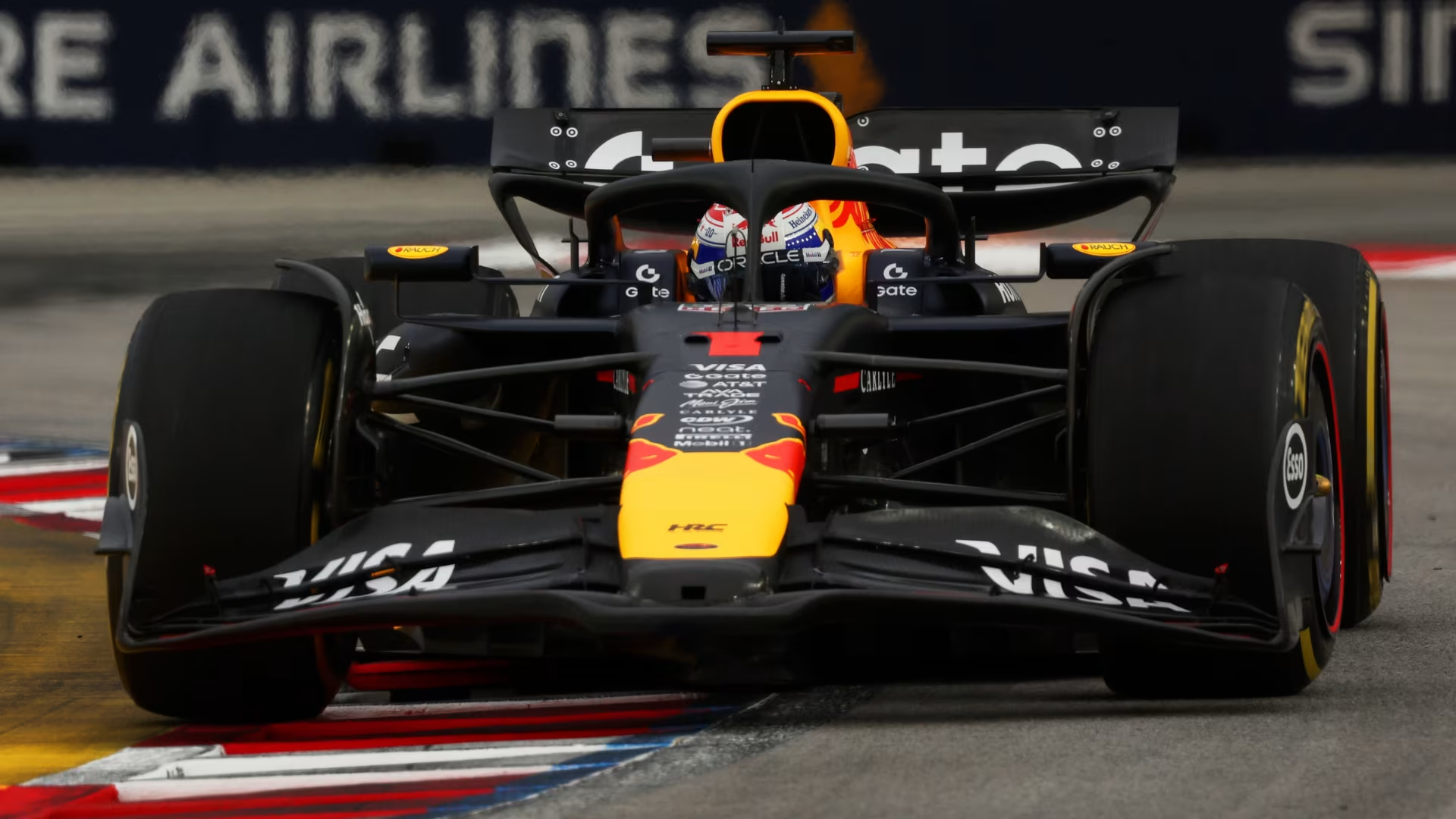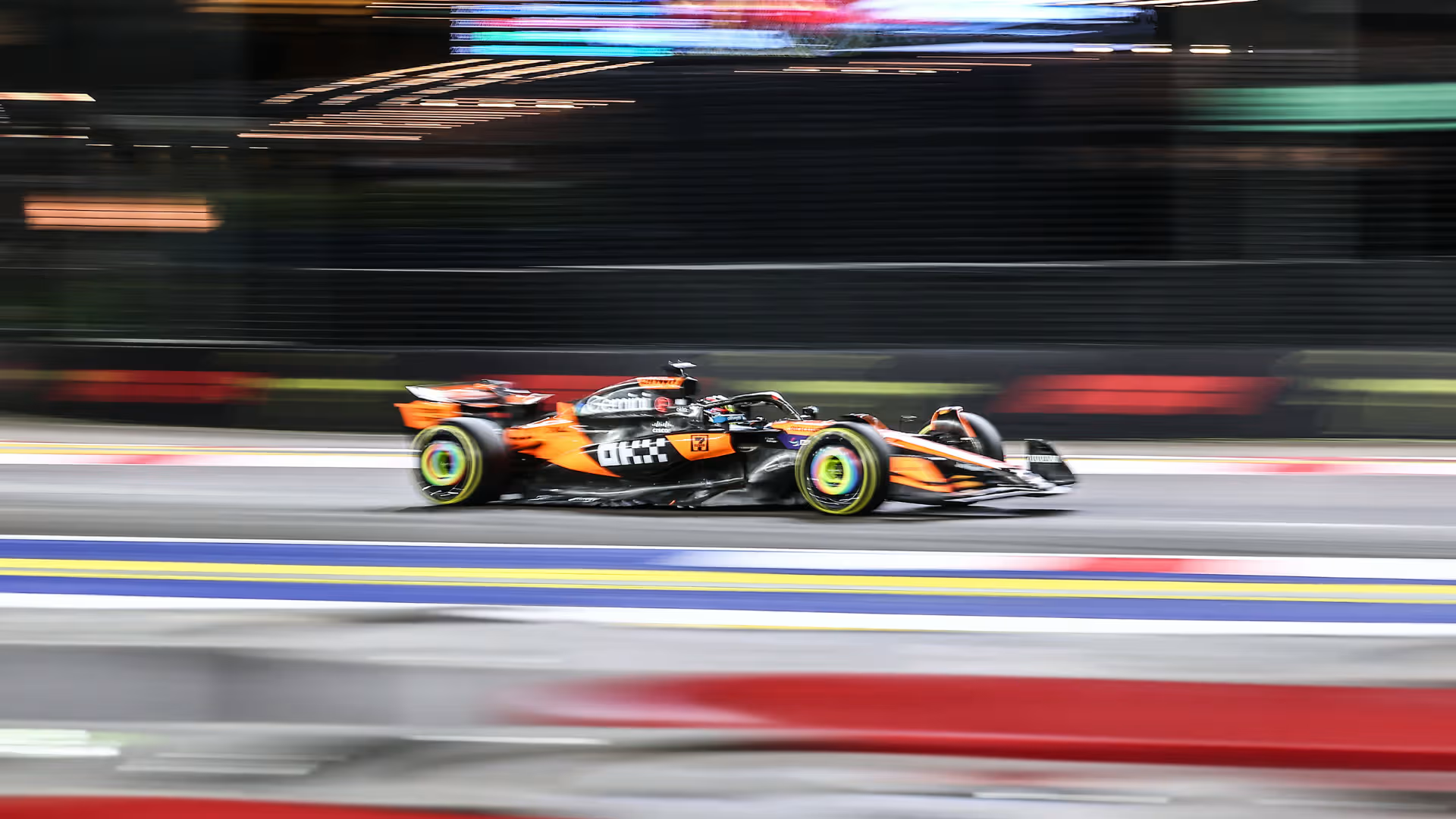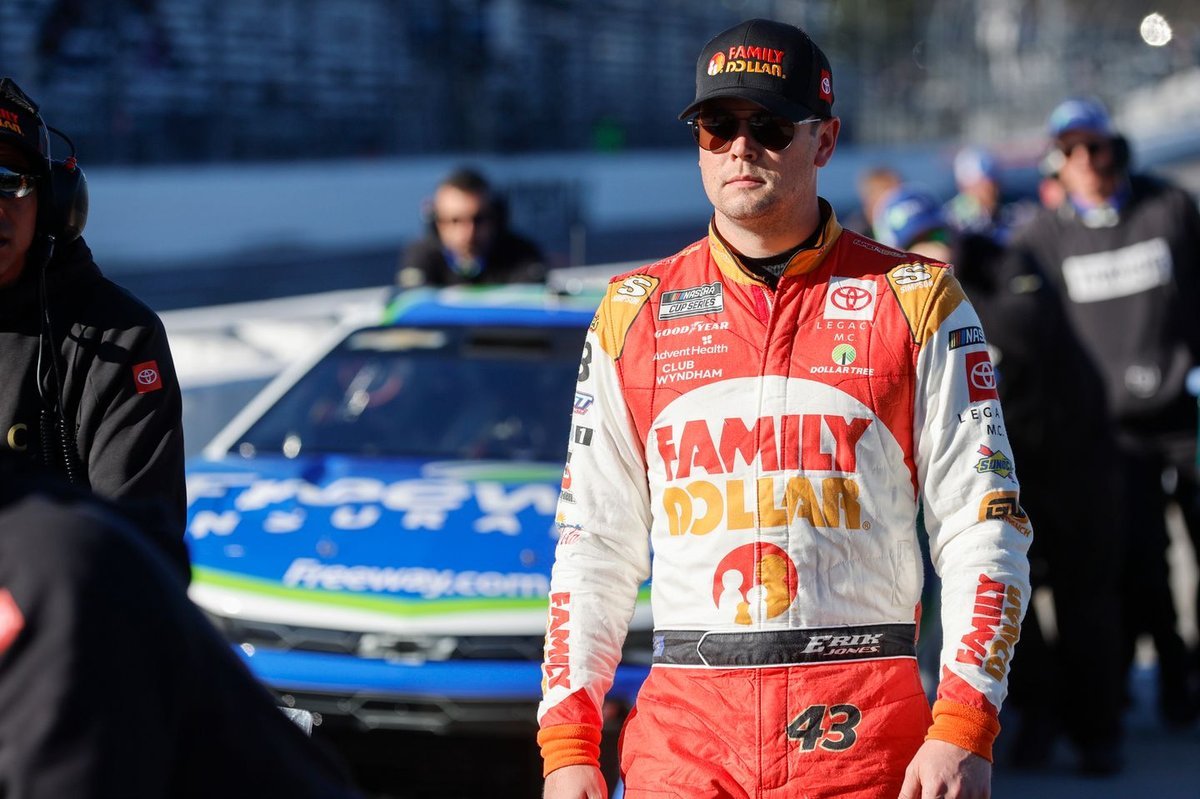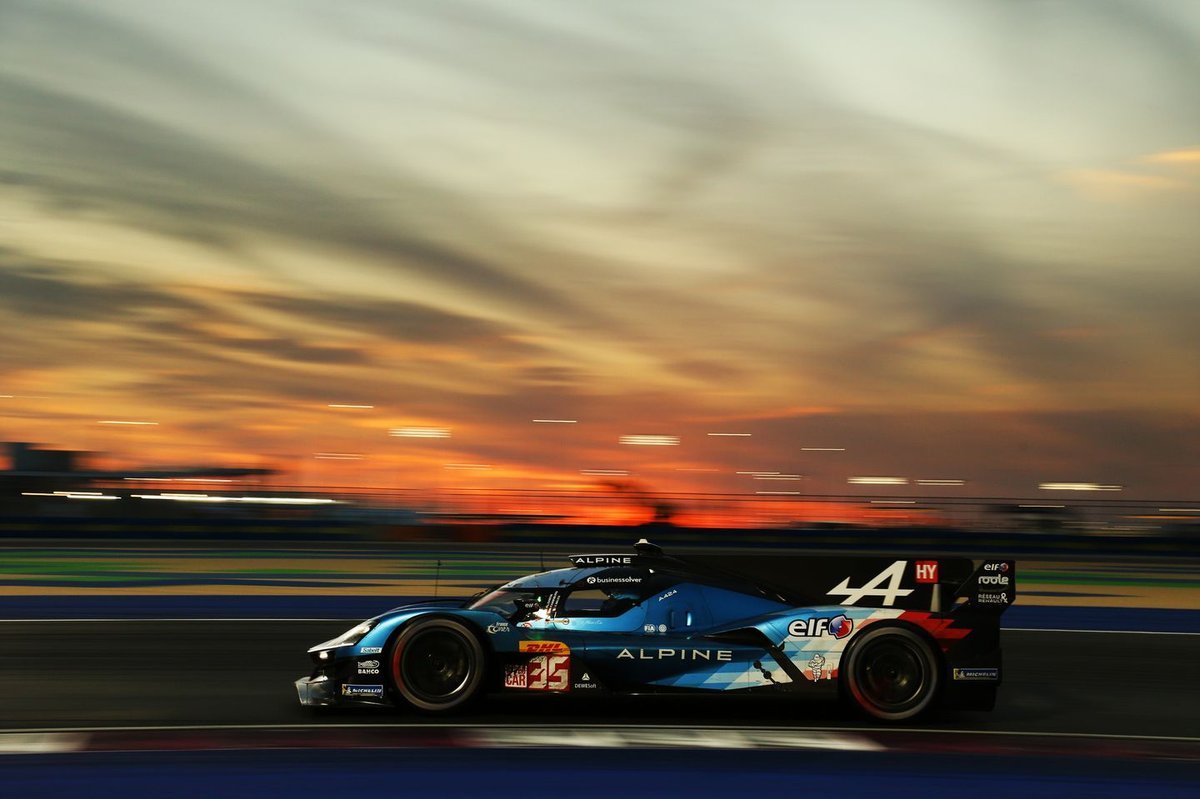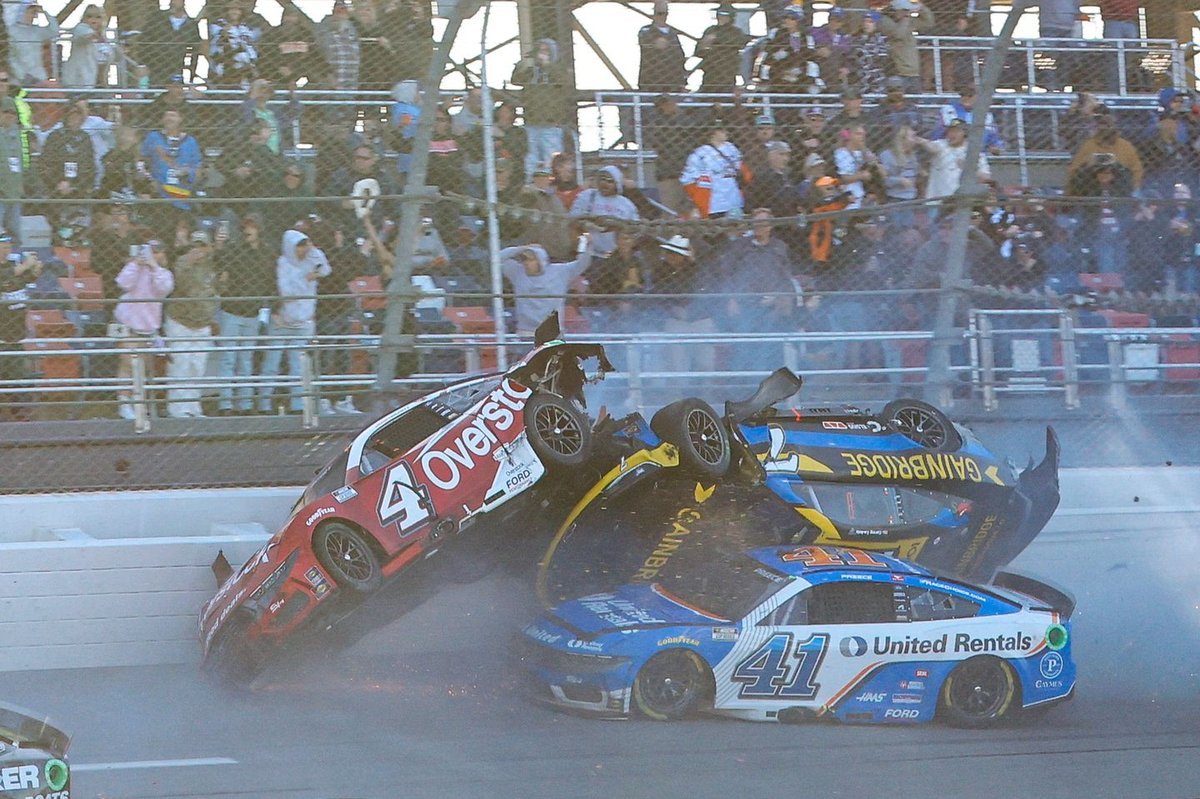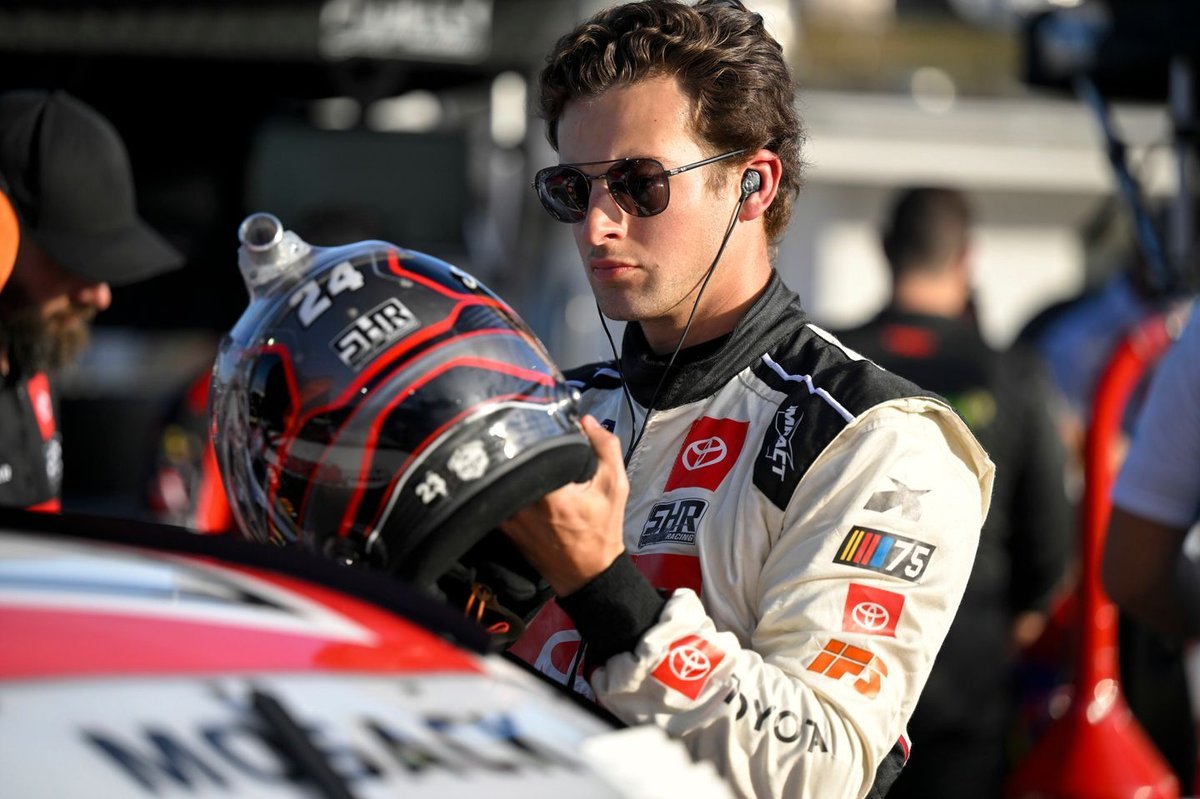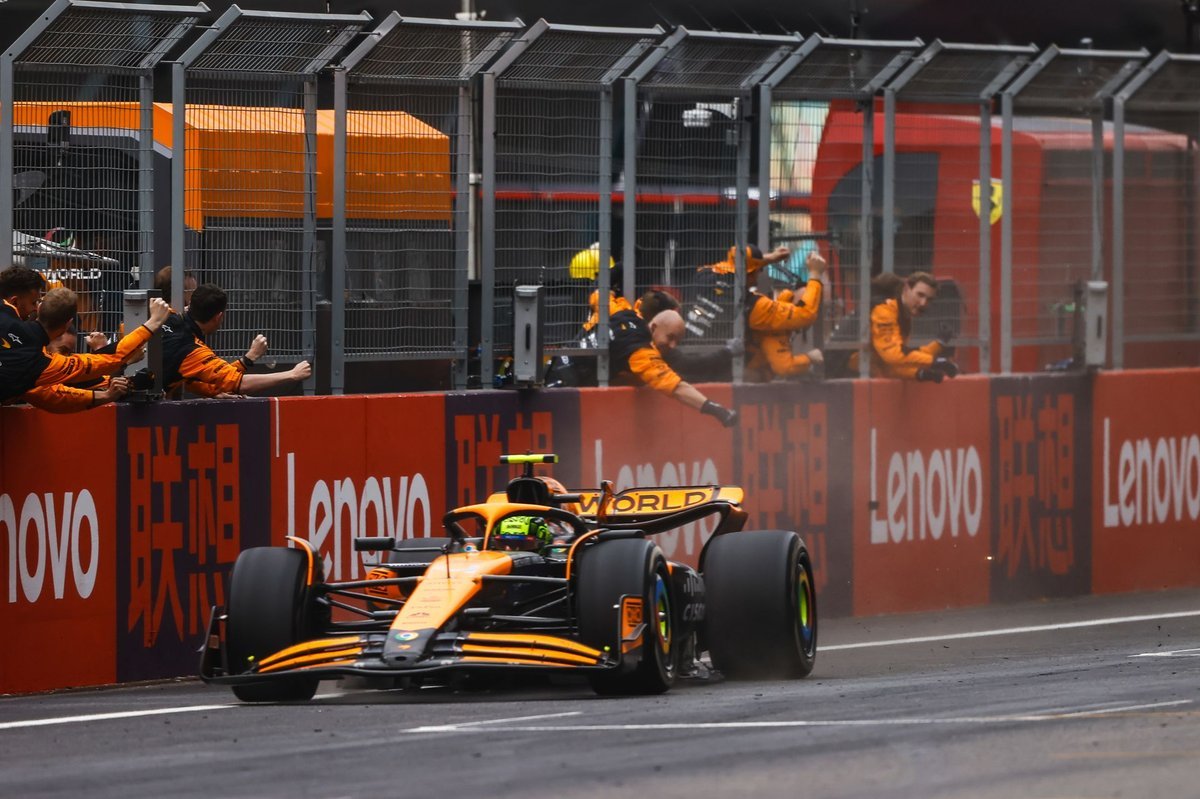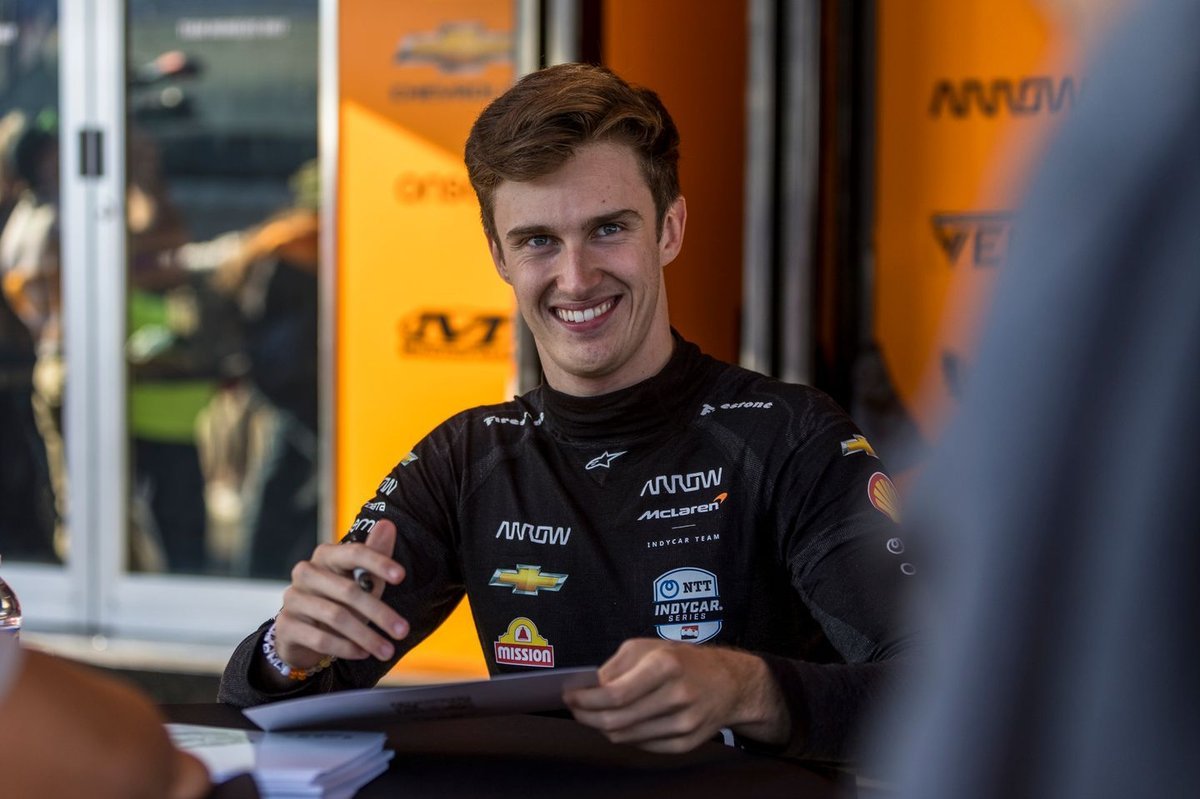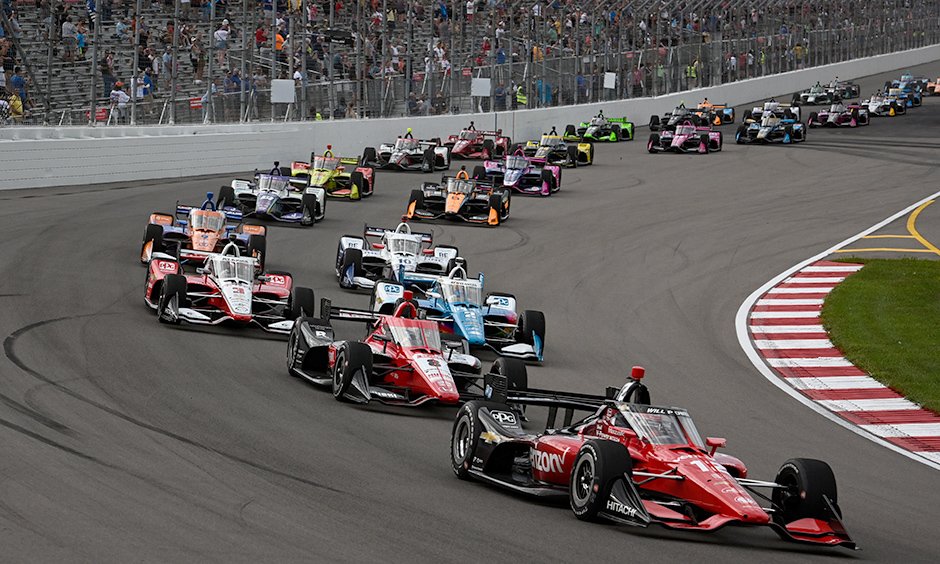
IndyCar gears up for a ‘new era’ in 2028 with all-new regulations and Dallara-built cars set to begin testing in 2026.
As the engines roar louder and the racing world holds its breath, IndyCar is preparing to turn the page and enter an exciting new chapter. With sweeping changes coming to the regulations in 2028, fans, drivers, and teams are bracing for a revolution that promises to redefine the future of American open-wheel racing.
And here’s the kicker — this transformation starts much earlier than you think. The first prototypes of the new car, still under the master craftsmanship of Italian manufacturer Dallara, are set to hit the test track in 2026. This isn’t just a tweak. It’s a full-scale makeover that’s been years in the making.
Curious what this new era means for the sport you love? Buckle up — we’re diving headfirst into the future of IndyCar.
Table of Contents
| Sr# | Headings |
|---|---|
| 1 | The Countdown Begins: Why 2028? |
| 2 | A Familiar Name: Dallara Stays in Charge |
| 3 | When Testing Takes Off: 2026 Preview |
| 4 | Why Now? The Push for Change |
| 5 | What’s Changing Under the Hood? |
| 6 | Aerodynamics: A New Design Philosophy |
| 7 | Sustainability Takes the Wheel |
| 8 | Driver Safety in the Spotlight |
| 9 | Tech Meets Track: Digital Integration |
| 10 | Cost Control Without Compromising Thrill |
| 11 | Fan Experience: More Than Just Racing |
| 12 | How Teams Are Preparing Behind the Scenes |
| 13 | What It Means for Future Drivers |
| 14 | Global Influence: Learning from Formula 1 |
| 15 | A Final Lap: What This Means for Fans |
The Countdown Begins: Why 2028?
Why wait until 2028? It’s not about procrastination — it’s about perfection. These changes are meant to be groundbreaking, and innovation takes time. By giving themselves a long runway, IndyCar can ensure the new regulations are thoughtfully tested, finely tuned, and ready to deliver thrills from day one.
A Familiar Name: Dallara Stays in Charge
Dallara has been the heart and soul of IndyCar chassis design since 1997. Think of them as the Michelangelo of race cars — and they’re back for another masterpiece. Despite all the changes, keeping Dallara ensures continuity in craftsmanship and quality, while still embracing a new direction.
When Testing Takes Off: 2026 Preview
Imagine seeing the car of the future before it even debuts. That dream becomes reality in 2026 when the new IndyCar model hits the testing phase. Engineers will pour over every detail, ensuring speed, safety, and sustainability work in harmony. These two years of testing are like the rehearsal before the big Broadway premiere.
Why Now? The Push for Change
The world isn’t the same as it was ten years ago — and neither is motorsport. There’s a growing appetite for greener technologies, tighter safety regulations, and more exciting racing. IndyCar is responding to that call, making sure it doesn’t get left behind in the global shift toward innovation and responsibility.
What’s Changing Under the Hood?
While full specs are still under wraps, we know major updates are coming to the power unit and chassis design. Expect hybrid technology to play a major role, just like it has in Formula 1. These engines won’t just be about brute force; they’ll be smarter, cleaner, and more efficient.
Aerodynamics: A New Design Philosophy
Ever watched a bird cut through the air with ease? That’s the inspiration behind the upcoming changes in aerodynamics. The new IndyCar will have sleeker lines and more airflow-conscious design elements to improve cornering speed and reduce drag — making every lap even more heart-pounding.
Sustainability Takes the Wheel
You might be surprised to hear a racing series talk about the planet — but IndyCar isn’t staying silent. The 2028 car will reportedly incorporate recyclable materials, biofuels, and energy recovery systems, aiming to balance performance with environmental consciousness.
Driver Safety in the Spotlight
The new era isn’t just about speed — it’s about saving lives. Enhanced crash structures, reinforced cockpits, and better fire protection systems are all expected. After all, even daredevils deserve to come home safely.
Tech Meets Track: Digital Integration
In 2028, racing won’t just happen on the track — it’ll happen in the cloud too. With more real-time telemetry, AI-enhanced data, and even fan interactivity, this will be a digitally smart racecar. Picture a race where fans know as much as pit crews — almost like watching a high-speed video game unfold in real life.
Cost Control Without Compromising Thrill
Let’s face it — motorsport can be outrageously expensive. But IndyCar aims to strike a balance between technology and budget. These changes will focus on standardized parts and longer component life, so teams can race hard without breaking the bank.
Fan Experience: More Than Just Racing
This isn’t just a win for teams — fans are getting a front-row seat to history. With improved broadcast tech, interactive platforms, and VR capabilities, the 2028 era will blur the line between watching and experiencing the race.
How Teams Are Preparing Behind the Scenes
While the 2028 changes are still a couple of years away, the work has already begun. Engineers, strategists, and designers across the grid are simulating every detail, creating mockups, and preparing new testing schedules. In many ways, the race has already started — and it’s happening in the wind tunnels and CAD software.
What It Means for Future Drivers
If you’re a young racer dreaming of the Indy 500, your path is about to change. Drivers will need to adapt to new handling dynamics, smarter energy deployment, and complex controls. It’s going to demand more brainpower than ever — and that’s a good thing.
Global Influence: Learning from Formula 1
IndyCar is uniquely American, but it’s not afraid to look across the pond. Many of the 2028 changes mirror successful ideas from Formula 1 — especially in aerodynamics and hybrid tech. But don’t worry — IndyCar will retain its own flavor, complete with oval circuits and thunderous restarts.
A Final Lap: What This Means for Fans
In short? It means excitement. It means evolution. And it means the IndyCar you love is only going to get better. Whether you’re a lifelong fan or a curious newcomer, 2028 is shaping up to be a season worth circling on the calendar.
FAQs
1. Why is IndyCar changing its regulations in 2028?
To modernize the series with improved safety, sustainability, and technology — ensuring it remains competitive and relevant in today’s motorsport landscape.
2. Will the new cars look very different?
Yes, the cars are expected to feature major aerodynamic changes and more futuristic aesthetics, while still honoring the classic IndyCar silhouette.
3. What role does Dallara play in the new era?
Dallara remains the official chassis manufacturer, continuing its legacy while integrating advanced materials and design features into the new car.
4. Is IndyCar introducing hybrid engines?
While not officially confirmed, hybrid power units are expected to be part of the 2028 regulations, following trends in global motorsports.
5. Will this make races more exciting for fans?
Absolutely. The 2028 regulations aim to create closer racing, more strategy options, and a deeper connection between fans and the race experience.



